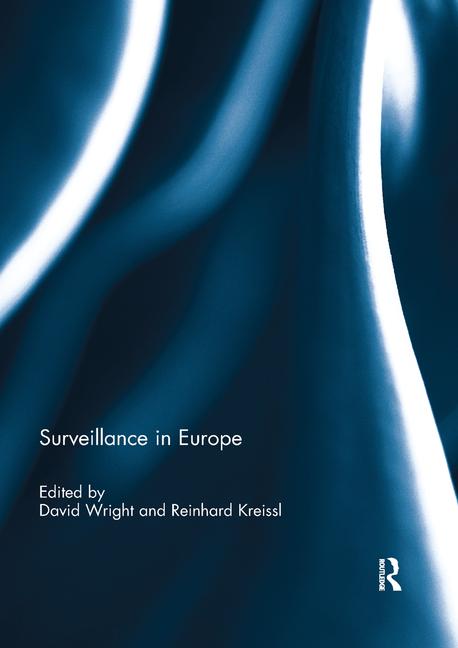Study Shows Consumers Less Confident in Smart Home Apps Than in Hardware

The Smart Home ecosystem comprises both hardware devices and software apps and together they are supposed to make an efficient system for consumers. A new report from Argus Insights shows that consumers are overall more frustrated with the applications that dictate, schedule and manage each device than with the actual devices themselves. Past Argus Insights reports looked at the hardware component and the challenges and irritations customers were experiencing with installation and connectivity, but this new analysis introduces a new data set to uncover the fact that consumers are experiencing even more issues with the apps that run these devices.
Based on data compiled from nearly 50,000 smart home device and app reviews from August 2015 to the present, Argus Insights asserted that more established home security companies are failing to delight consumers with their apps while the more innovative and newer smart home-focused companies appear to be cultivating a more synchronized hardware and software ecosystem and are doing better among consumers.
“Companies that have aligned their entire ecosystem to delight consumers will outperform the rest of the market in the long term. Look how Honeywell came from behind to beat Nest with an overall better experience,” said John Feland, CEO and founder, Argus Insights. He explained it isn’t necessarily always the app. When something goes wrong with the software, the cloud or any other level of communication with the device, the app generally gets blames, affecting consumers’ perception of the apps negatively.
Argus Insights found while software is very important in the consumer perception of the Smart Home experience, it is sometime very different from consumer perception of corresponding hardware. For example, Philips devices receive a higher delight score than Honeywell devices, but Honeywell’s apps are the most delightful according to the research, while Philips apps are the least liked. This scenario results in Honeywell providing a better overall experience across the entire Smart Home ecosystem, while Philips consumers report a foreboding gap in the experience between hardware and software.
“Companies like Philips must mind the gap between the devices and the experience of using the app,” said Feland. “Once consumers have installed and connected their device, the app becomes the primary touch point for their new smart home. Unfortunately, our analysis shows a looming lag in app experience which [is] a blemish on an otherwise improving end-to-end user experience.”
Argus Insights offered several key takeaways from the report:
- Delight for Smart Home apps as a category is far below delight for the devices, but is very slowly starting to improve.
- Philips represents a market trend of devices that are far more delightful than their apps, creating a dangerous gap in the overall customer experience.
- App functionality is a major consumer pain point, with frequent complaints of slow video streaming, long load times and the video blacking out.
Feland said the data shows an opportunity for security companies to close the gap in consumer confidence, improving apps and software, and consequently improving customers’ overall delight with the smart home experience.
For information about the Argus Insights “Examining the Smart Home Ecosystem” report, visit www.argusinsights.com/smarthomeapps2016.
Looking for a reprint of this article?
From high-res PDFs to custom plaques, order your copy today!







